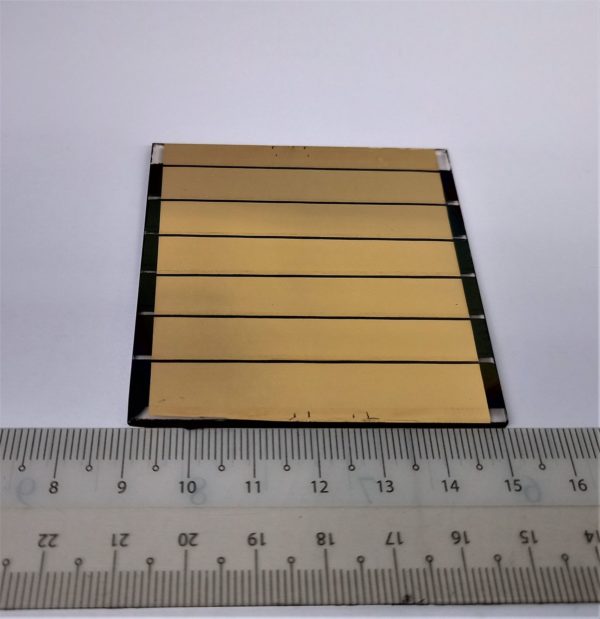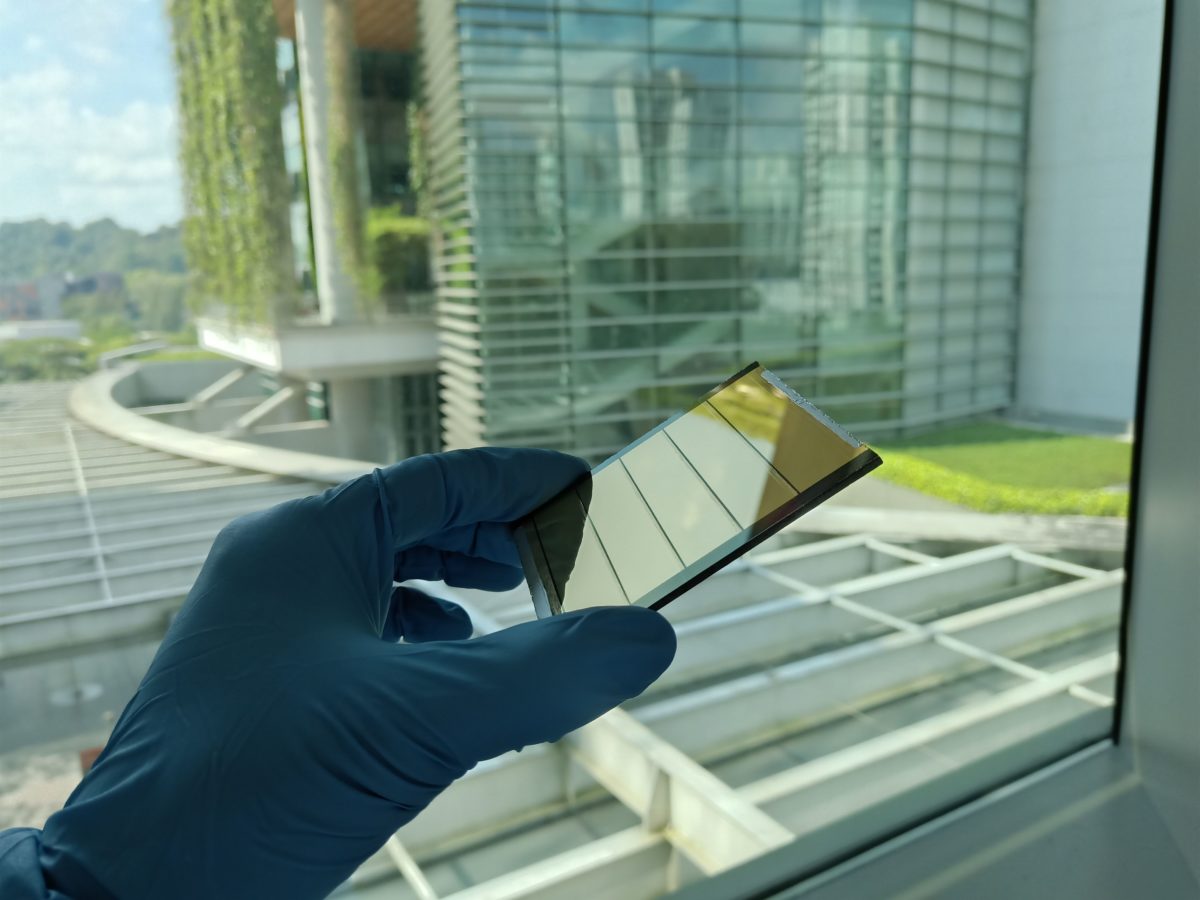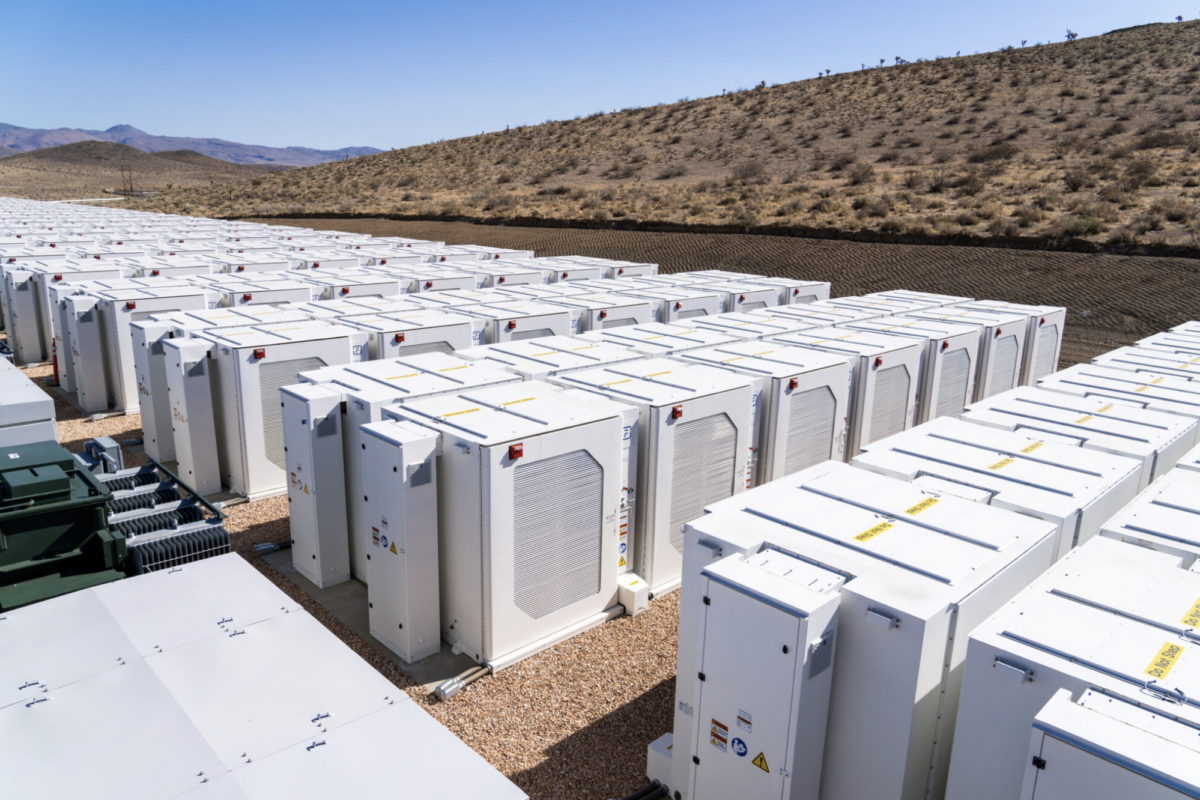Scientists from Nanyang Technological University, Singapore (NTU Singapore), have developed mini solar modules based on perovskites with an efficiency of 18.13%.
The 21 cm2 mini panels are made of perovskite solar cells, based on methylammonium lead iodine (MAPbI3) with an efficiency of 20.28% for 0.16 cm2. “To the best of our knowledge, the PCE value of 18.13% for PSMs is among the highest ever reported for perovskite-based devices above 10 cm2 fabricated with any deposition technique,” the researchers said.
Perovskite deposition
The cells with “n-i-p” layout were manufactured through a deposition process based on thermal co-evaporation. The researchers said their approach coupled active layer engineering and effective surface treatment, which they claim has resulted in increased charge extraction and optical light-dispersion minimization.
“Thermal evaporation is a well-established vacuum-based coating technique that allows the sequential deposition of materials to form a multilayer architecture. It is widely adopted in the semiconductor industry to commercially produce electronics components like OLED and displays in TV and cellphones,” Annalisa Bruno, the group's main researcher, told pv magazine.
The scientists claim that the cells showed zero losses in open-circuit voltage and short-circuit current when the active areas were scaled to 4 cm2. The perovskite cells are also said to offer stability of around 90% under 1 sun continuous illumination for over 100 h, provided by a global standard spectrum (AM1.5g) solar simulator.
The research group claims that this cell architecture could also be applied to produce a set of colored, semi-transparent perovskite solar cells and mini modules, with a respective power conversion efficiency of 16.8% and 11.2% achieved from an active area of 0.16 and 16 cm2.
Shelf stability
The unencapsulated 21 cm2 mini panels provide remarkable shelf stability, by retaining more than 95% of the initial efficiency when stored in controlled environments, with 35% humidity over periods of 60 days, the researchers stated.
The team has already demonstrated colored perovskite solar cells for BIPV applications. “The approach of tuning the transparent electrode thickness appears to be the simplest and most effective way to tune color without introducing additional layers and/or fabrication processes,” the team explained.
“The aesthetically appealing coloured semitransparent perovskite solar cells can be easily integrated in a variety of urban contexts such as building facades, gates and windows to maximize the light harvesting while improving buildings and city landscapes,” research co-author Subodh Mhaisalkar told pv magazine.
The team describes the mini modules in Highly Efficient Thermally Co-evaporated Perovskite Solar Cells and Mini-modules, which was recently published in Joule and on the ScienceDirect website.
This content is protected by copyright and may not be reused. If you want to cooperate with us and would like to reuse some of our content, please contact: editors@pv-magazine.com.




This could have applications in EV designs. This type of technology could be used to enable windows in an EV to become PV systems producing electrcity to charge the cars batteries. This along with PV panels mounted on the metal portions of an EV may make the possibility of a self charging EV a reality in the future.